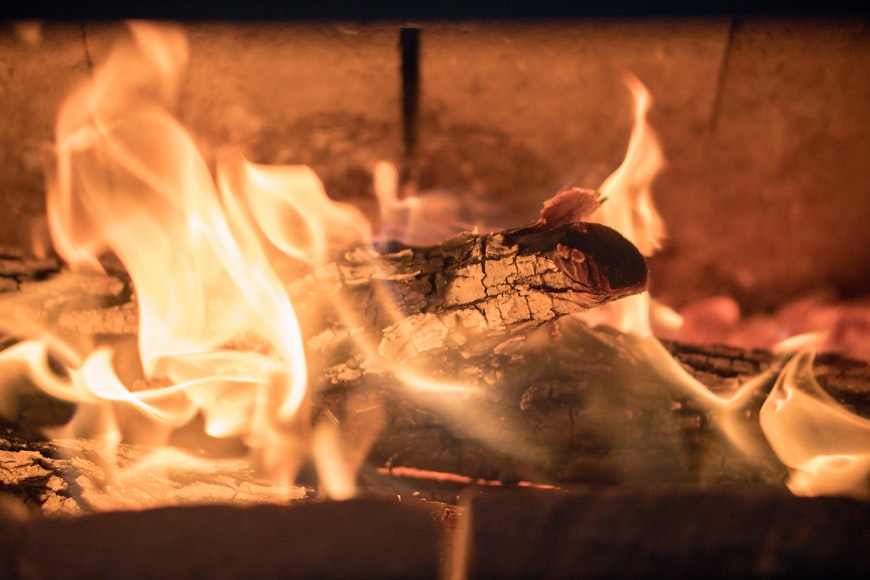Very few things in this world can beat locating yourself next to a roaring fire in winter while reading a book or simply spending some much-needed time relaxing with family. Traditional fireplaces radiate unique warmth; adding to this, staring at open flames can be pretty mesmerizing. The entire experience of an open fire leaves one feeling comfortable and relaxed.
Another great benefit is that heating a home with wood is a traditional way to ensure warmth and comfort. The modern designs of wood-burning stoves are very stylish and eco-friendly, ensuring that keeping you warm in winter doesn’t cost you an arm and a leg while taking care of the environment.
Most fireplaces loose heat, quickly
Many homes, including those with more modern finishes, feature open fireplaces. These are often considered to be assets when buying a home. You may not know that when it comes to actual heat production and efficiency, a wood stove wins hands down. While fireplaces release heat, they also produce copious amounts of smoke. Fireplaces create ambiance but are not ideal as the primary heat source.
Opening the damper as wide as possible on a fireplace will increase the air available to the fire. This will increase combustion and improve the fire’s amount of heat, making the wood burn faster. The damper handle is typically located just above the fireplace opening, and you just slide it to the right to uncover it.
The heat created from wood is economical, and it is an efficient way of heating a home. But a much easier way to get around this heat loss is to install a high-efficiency wood-burning stove into an existing fireplace. Homeowners who do not have an existing fireplace could always opt for a freestanding wood-burning stove.
Lower Your Carbon Footprint
Burning wood as a source of heat in any home is essentially a carbon-neutral process, especially when compared to the released carbon dioxide released during the burning process.
When a tree naturally decomposes, carbon dioxide is released, much higher than when wood from the tree is burned. There is virtually no carbon fingerprint when firewood has been greenly harvested, stored, and transported.
Worried about smoke?
Most people do not know that a properly burning fire in a wood-burning stove will produce little to no smoke at all in their home. Wood-burning stoves made in the past would often create substantial amounts of smoke outside the house and inside. As the technology evolved around stove manufacturing, so did the reduction of air pollutants. Many of the newer wood-burning stoves feature reduced emissions. Almost all the more contemporary stoves are built to meet new legislation surrounding emissions and stoves. The design of a modern stove ensures very few emissions, even outside the home.
Perfect solution for emergency situations
Power outages are a genuine problem for many homes and families across the UK. In many winter months, foul weather can cause large-scale rolling back-outs, leaving many frustrated families without light or heat. One of the ideal solutions for this problem is installing a modern log-burning stove. Many newer models also allow for emergency stove top cooking as a bonus.



